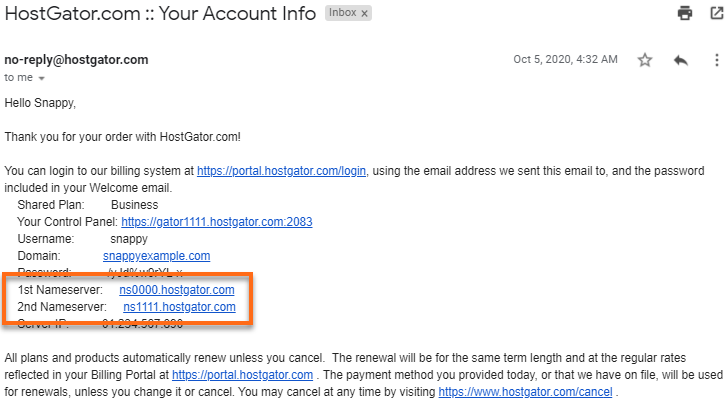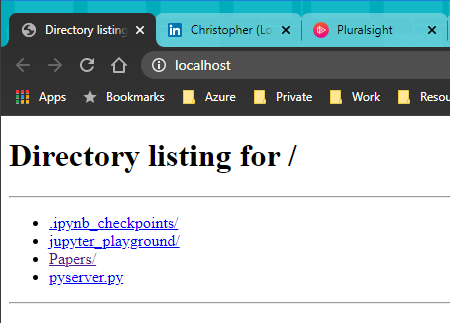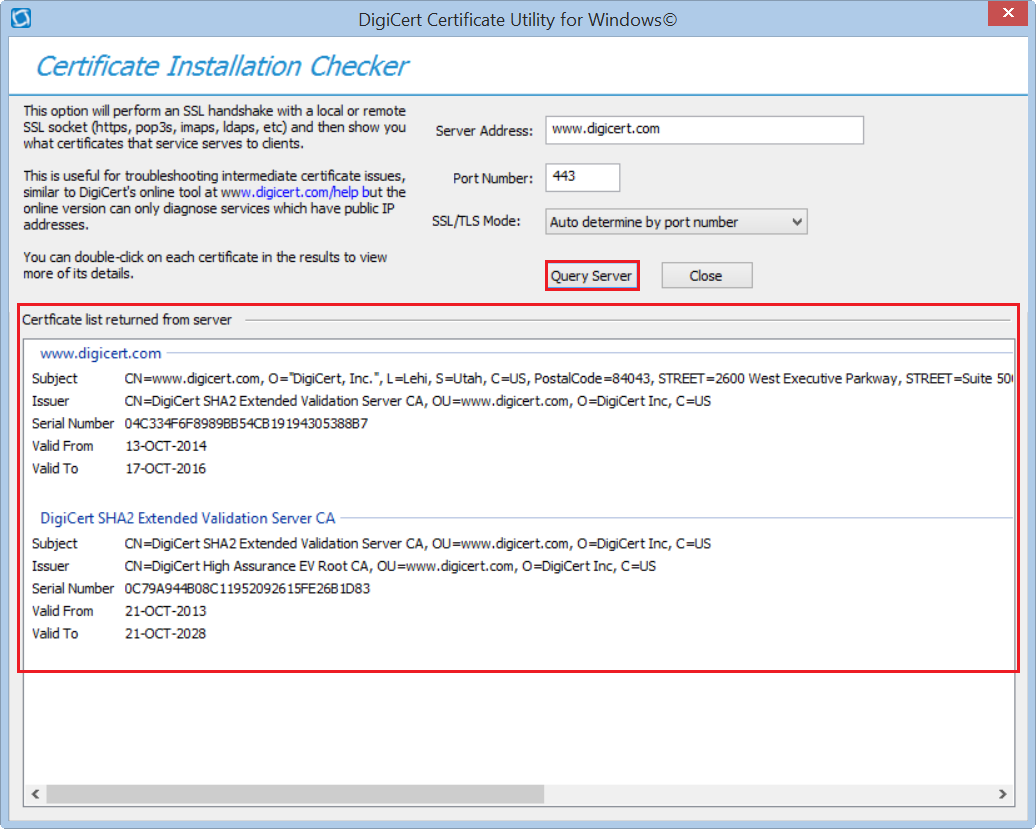
Clients can be desktop computers, laptops, mobile phones, tablets, or other devices. They may be desktops, laptops, mobile phones, or tablet computers. Servers, which are specialized computers, store and process information, including files, databases and programs. Mail servers, web server, and file servers all use them.
Client-server communication is based on a set of agreed upon rules which servers and clients must follow when communicating. These rules are called protocol.
A protocol defines the structure, format and content of messages sent between machines over a computer network (such as the internet). These rules are applicable to email, voice over internet protocol, video conferencing and other forms of communication.
Client-server communications is used to transmit information via the internet by Web servers, file servers, and mail servers. They distribute information to users through websites, emails, and videoconferencing.

There are two styles of server communication: HTTP Push and Pull. The second type, preferred for real-time programs such as chat apps and stock market apps, automatically updates clients.
The first style, which is more resource-efficient and suitable for static content and less resource-intensive, sends the request to the server, and then waits for it to respond with a reply. This is done by daemons that run in the background.
HTTP is the standard method of client-server communications, but others are also available. HTTP Push, Pull, Long-Polling, and others are among the options.
Web client development
The server is notified of a request to display a web page, which could contain HTML or another file. It decides on what data to include in the response based on its contents, such as text, styling information, buttons for user interaction, images or other assets to show and so on.
It sends the result to the web-browser and lets the user view it. It also includes links to other pages that the user can visit, such as other pages that may be relevant to the page being viewed.

Client-server communication comes in many forms, all with their advantages and disadvantages. These include HTTP Push and Pull, Long and Short Polling, and more.
HTTP uses a thread or process that listens to each request. The first request is then handled accordingly, and it is followed by another request. This pattern is repeated until a request/response cycle ends.
This is a great way to manage a high volume of requests efficiently and quickly. This style is not suitable for real-time applications where users must see updates immediately.
It is important to understand these differences before you start designing your own web applications. The style you choose will determine how interactive the application will be, and how much bandwidth it uses.
FAQ
Can I build my website using HTML & CSS?
Yes, you can! Basic knowledge of web design and programming languages such as HTML (Hyper Text Markup Language), and CSS (Cascading Stil Sheets) is required. These two languages make it possible to create websites accessible by all who have an internet connection.
What does it mean to be a UI designer
A user interface (UI), designer is responsible for designing interfaces to software products. They design the application's layout and visual elements. The UI designer may also include graphic designers.
The UI Designer needs to be a problem solver and have a good understanding of how people use computers.
A UI designer needs to be passionate about software and technology. From developing ideas to implementing them into code, a UI designer must be able to comprehend all aspects of the field.
They should be able create designs with various tools and techniques. They should be able problem solve and think creatively.
They should be detail-oriented, organized and efficient. They should be able create prototypes quickly and efficiently.
They should be comfortable working alongside clients large and small. They should be able to adapt to changing situations and environments.
They should be capable of communicating effectively with others. They must be able express themselves clearly and concisely.
They should be well-rounded, with strong communication skills.
They must be motivated and driven.
They should be passionate about their craft.
Do I have to use a template?
Yes! When creating websites, many people use pre-built templates. These templates have all the code you need to display your information on your website.
These templates are the most in-demand:
WordPress - one of the most popular CMSes
Joomla – Another popular open-source CMS
Drupal – An enterprise-level solution used by large organizations
Expression Engine is a Yahoo CMS that allows you to create custom CMS sites.
Each platform offers hundreds of templates. Finding the right template should be simple.
Should I use WordPress, or a website builder
You can start small and build a solid web presence. If you have the time and resources to build a full-blown site, then do so. But if you don't have these resources yet, starting with a simple blog might be the best option. As you learn to develop and design websites, you can always add new features.
Before you start building your website, it is important to establish a primary domain. This will give you something to point to when you publish content.
What Should I Include In My Portfolio?
These should all be included in your portfolio.
-
Example of your work.
-
If you have one, links to it.
-
Your blog may have links
-
Links to social media profiles
-
Here are links to portfolios online of other designers.
-
Any awards you received.
-
References.
-
Take samples of your work.
-
These are links showing you how to communicate effectively with clients.
-
You are willing to learn new technologies.
-
You are flexible, these links will show it.
-
These links show your personality.
-
Videos showing your skills.
Statistics
- In fact, according to Color Matters, a signature color can boost brand recognition by 80%. There's a lot of psychology behind people's perception of color, so it's important to understand how it's used with your industry. (websitebuilderexpert.com)
- It enables you to sell your music directly on your website and keep 100% of the profits. (wix.com)
- It's estimated that in 2022, over 2.14 billion people will purchase goods and services online. (wix.com)
- When choosing your website color scheme, a general rule is to limit yourself to three shades: one primary color (60% of the mix), one secondary color (30%), and one accent color (10%). (wix.com)
- Did you know videos can boost organic search traffic to your website by 157%? (wix.com)
External Links
How To
How do I get started in UI Design?
There are two ways to become a UI designer:
-
You can also go to school and get a degree as UI Design.
-
You can go freelance.
You will need to complete four years of college or university study if you plan to continue your education. This includes psychology, computer science, marketing, art, and business.
Classes can be taken at either state or community universities. Some schools offer programs for free, while others require tuition fees.
After graduation, you will need to find employment. If you plan to work for your own business, you need to establish a client base. It is vital to build a network of professionals so they are aware that you exist.
There are many opportunities to intern for companies that specialize on developing web applications. Many companies hire interns before they hire full-time staff.
It will be easier to land more jobs once you have a portfolio of your work. You should have work samples and information about the projects you worked on in your portfolio.
It's a great idea to email your portfolio to potential employers.
You will need to market your services as a freelancer. You can post your services on job boards, such as Guru, Indeed, Guru or Upwork.
Freelancers receive assignments often from recruiters who post open positions online. These recruiters look for qualified candidates to fill specific positions.
These recruiters typically provide the candidate with a project brief outlining the position's requirements.
A freelancer is not required to sign a long-term contract. You should negotiate an upfront payment if your goal is to move forward.
Designers prefer working directly with clients over working through agencies. While this may seem ideal, many people lack the necessary skills.
Agency workers usually have extensive knowledge about the industry they are working in. They have access the right training and resources to ensure they produce high-quality results.
Agency workers often receive higher hourly rates in addition to these benefits.
However, the disadvantage of working with an agency is not having direct contact with your employer.
You must be creative, self-motivated and flexible to succeed as a UI Designer.
Also, you must have excellent communication skills both verbally and in writing.
UI designers are responsible for designing websites by creating user interfaces (UI) and visual elements.
They also ensure that the site meets users' needs.
This includes understanding the information that visitors require and how the site should function.
Wireframes are created by UI designers using a variety of tools. Wireframing helps them visualize the layout of a page before beginning their designs.
It is easy to create your own wireframes using the online templates.
Some designers concentrate on UI design only, while others mix UI design with graphics design.
Photoshop is a tool used by graphic artists to edit images.
To create pages and layouts, they then use Adobe InDesign.
Photographers capture images using digital cameras or DSLRs.
They then upload the pictures to a photo editing program where they add text captions, filters, and other effects.
The photographer saves the image as a compatible file format for the website.
It is vital to consider all aspects in the web design process.
This includes research and planning, wireframing, prototyping testing, coding, content creation and publishing.
Research - It's essential to conduct thorough research before starting a new project.
Planning – Once you've done your research, you will want to start developing a plan.
Wireframing: A wireframe is a sketch of a website or application.
Prototyping – Prototypes are used to verify that the final product is consistent with the original vision.
Testing – The prototype should go through multiple rounds to be tested in order for it to work properly.
Coding: Coding is the process of writing code for computers.
Content Creation - Content creation covers everything from writing copy to managing social media accounts.
Publishing involves uploading files on a server to ensure that the site is accessible.
You will need to have a broad knowledge of different projects in order as a freelance UX/UI developer.
Some companies may only need wire frames while others require complete prototypes.
You may be required to perform specific tasks depending on the project you accept.
For example, if you're hired to create wireframes, you might be expected to create several wireframes over time.
You may need to develop a functional version of the site if you are hired to build a prototype.
Strong interpersonal skills are important regardless of the project type.
You need to build strong relationships with potential employers as freelancers are hired primarily through referrals.
You must also be able communicate clearly both verbally as well as in writing.
A portfolio is an important tool in any freelancer's arsenal.
It showcases your work, and demonstrates your ability deliver high-quality outcomes.
You can do it online with a professional portfolio.
Find websites similar in your niche to get started.
You can then search these websites to find out which one offers its services.
After identifying the best practices that you believe to be most successful, you can go ahead and implement them.
You can also include links to your portfolio in your resume.